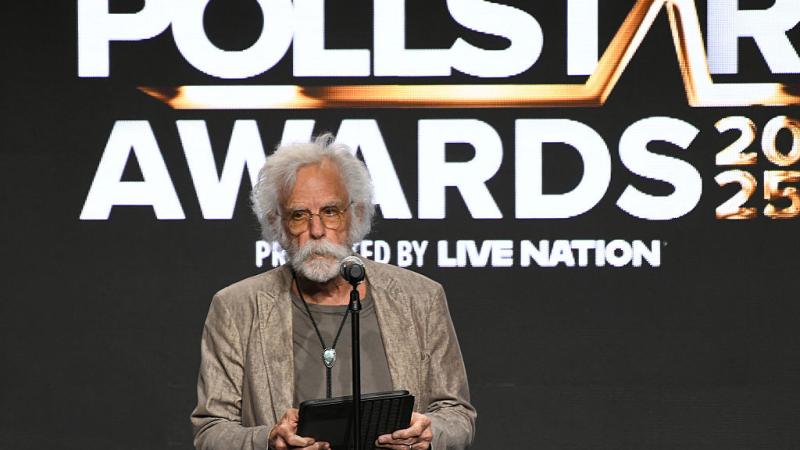Conservative expectations for 6-3 SCOTUS majority dissolve amid narrowly targeted consensus rulings
"Trump justices" have rarely dissented from the majority opinion.
The Supreme Court's decision this week to let stand a lower court ruling in favor of a transgender student's right to choose a bathroom consonant with gender identity is the latest in a string of rulings that have disappointed conservatives.
Conservatives had been brimming over with hope that the confirmation of three relatively young, Trump-nominated justices — Neil Gorsuch, Brett Kavanaugh and Amy Coney Barrett — would cement a 6-3 conservative majority on the court for years, or even decades, to come.
Barrett is a protege of late conservative legal icon Antonin Scalia. But despite Barrett's ascent to the high court to replace the reliably liberal Ruth Bader Ginsburg following the latter's death last September, the current term has been characterized predominantly by unanimous or near-unanimous decisions with very few dissents from Trump-nominated justices.
Former President Trump himself recently said that he was "very disappointed with a number of [Kavanaugh's and Barrett's] rulings," especially after he "fought very hard for them." But with the threat of Democratic court-packing looming, depoliticizing the court is a top priority of Chief Justice John Roberts, and it appears that the court's newest members are on board with his approach.
According to one analysis, Brett Kavanaugh has, since his confirmation, sided with the court's majority in 85% of cases — the highest rate of any justice in nearly seven decades. Barrett and Gorsuch rank just behind Kavanaugh, with respective majority rates of 82% and 80%, the latter of which is tied with Justice Elena Kagan's rate.
Instead of dividing along the predicted "conservative" and "liberal" lines, the justices have issued unanimous, but narrowly defined, decisions in some of the court's most high-profile, politically-charged cases. (Not everyone is celebrating the broad-consensus-on-narrow-grounds tendency. Despite joining the unanimous decision in Fulton v. City of Philadelphia, Justice Samuel Alito gibed that the court's decision was so narrowly targeted that it "might as well be written on the dissolving paper sold in magic shops.")
The court ruled that Philadelphia had violated the First Amendment by requiring a Catholic adoption agency to work with same-sex couples when placing children in foster homes. Despite Alito's misgivings about the scope of the ruling, the unanimity of the decision was relatively surprising to spectators who believed the court's rulings this term would mirror the political divide in America.
The court also ruled unanimously that the NCAA must allow an expanded range of permissible forms of compensation for student-athletes, despite their amateur player status. A scathing concurring opinion, written by noted sports fan Brett Kavanaugh, emphasized the court's implication that certain NCAA practices raise serious questions about antitrust law.
The expectation for this term "was a bunch of divided decisions with the three Democratic appointees getting the short end of the stick," Lee Epstein, a professor of law at Washington University in St. Louis, recently told the New York Times. "So far that prediction is way off the mark. In divided cases, the Trump appointees have moved the court to the left. If anyone got the short end of the stick, it's this year's most conservative justice, Alito."
Dr. James Phillips, a professor of Law at the Chapman University Law School, explained in a recent interview on "Just the News AM" why most justices find value in reaching unanimous decisions when they can. "To the extent that you can have these narrow but unanimous decisions, it makes the court appear less political," he said. "And in the chief's view — and probably in most of the justices' view — that's a good thing, because the more they're viewed as a political court, the less legitimacy their rulings will have."
The court has a small handful of decisions left to issue this term, one revolving around the Voting Rights Act of 1965 and another pertaining to donor disclosure practices in the state of California — both potentially politically charged cases.
Though the 6-3 court may have tactfully kept controversy at bay this session, Roberts will have his work cut out for him next term, when the court takes up two high-profile cases — one Second Amendment-related, the other on abortion — that will severely test his efforts to keep the bench's image apolitical and consensus-minded.














